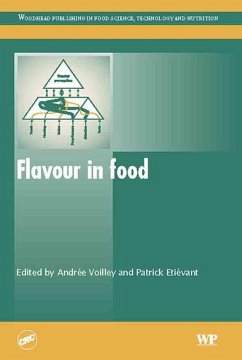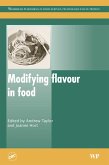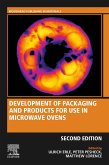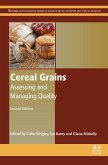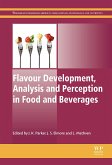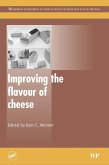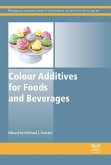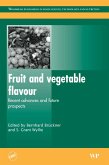Part two reviews key research in the way flavour compounds are retained within foods and the factors determining the way they are released. There are chapters on flavour compound interactions with lipids, emulsions, protein and carbohydrate components in food. Other chapters review modelling aroma interactions in food matrices and mechanisms of flavour retention in and release from liquid food products. The final part reviews what we now know about how humans experience flavour release, together with some of the key factors influencing this process. There are chapters on the process of flavour release in the mouth, the way texture-aroma and odour-taste interactions influence this process, psychological factors and the development of flavour perception during infancy.
Flavour in food seeks to distil key developments in flavour science and summarise their implications for the food industry. It is a valuable reference for R&D staff, those responsible for sensory evaluation of foods and product development, as well as academics and students involved in flavour science.
- Understand how flavour is detected and measured
- Analyses key research in the retention and release of flavour compounds
- Examines how humans experience flavour release
Dieser Download kann aus rechtlichen Gründen nur mit Rechnungsadresse in A, B, BG, CY, CZ, D, DK, EW, E, FIN, F, GR, HR, H, IRL, I, LT, L, LR, M, NL, PL, P, R, S, SLO, SK ausgeliefert werden.

